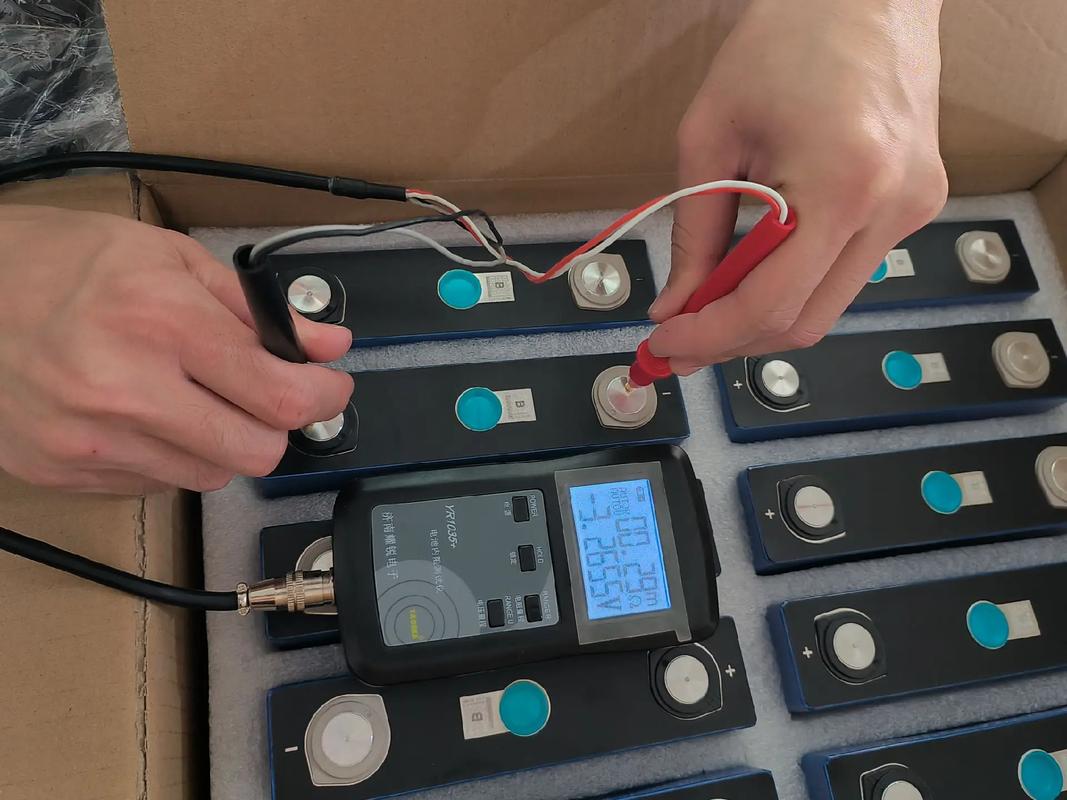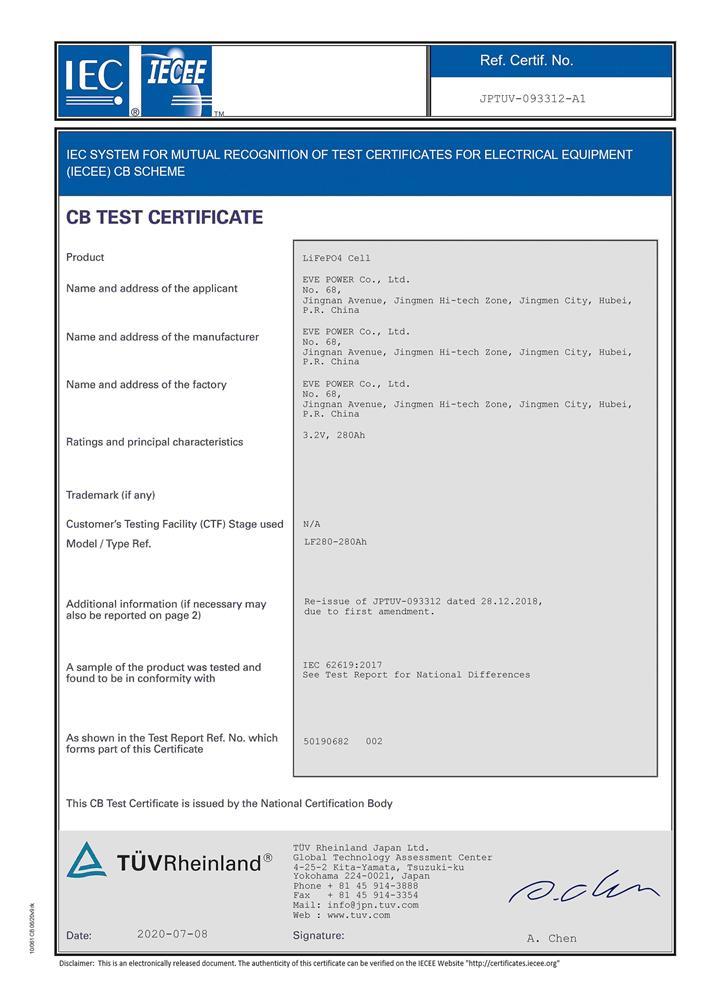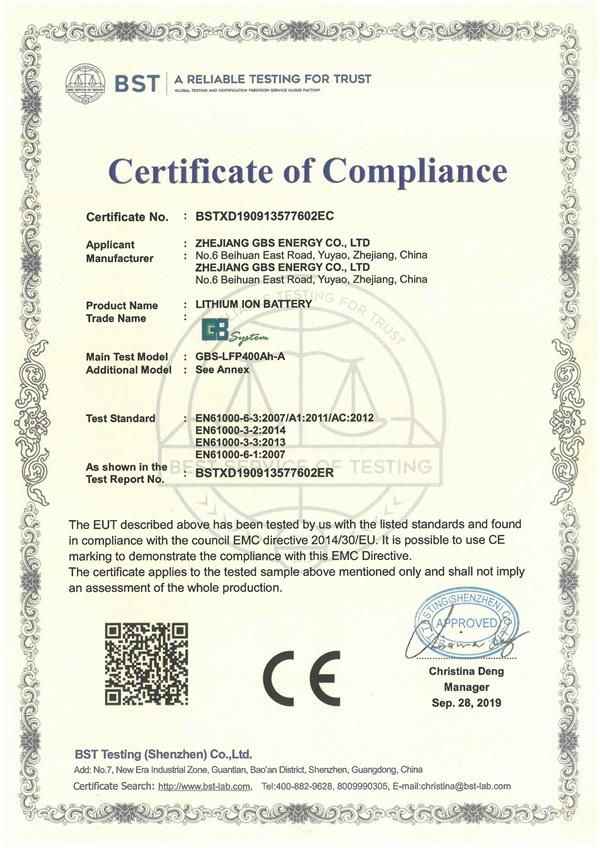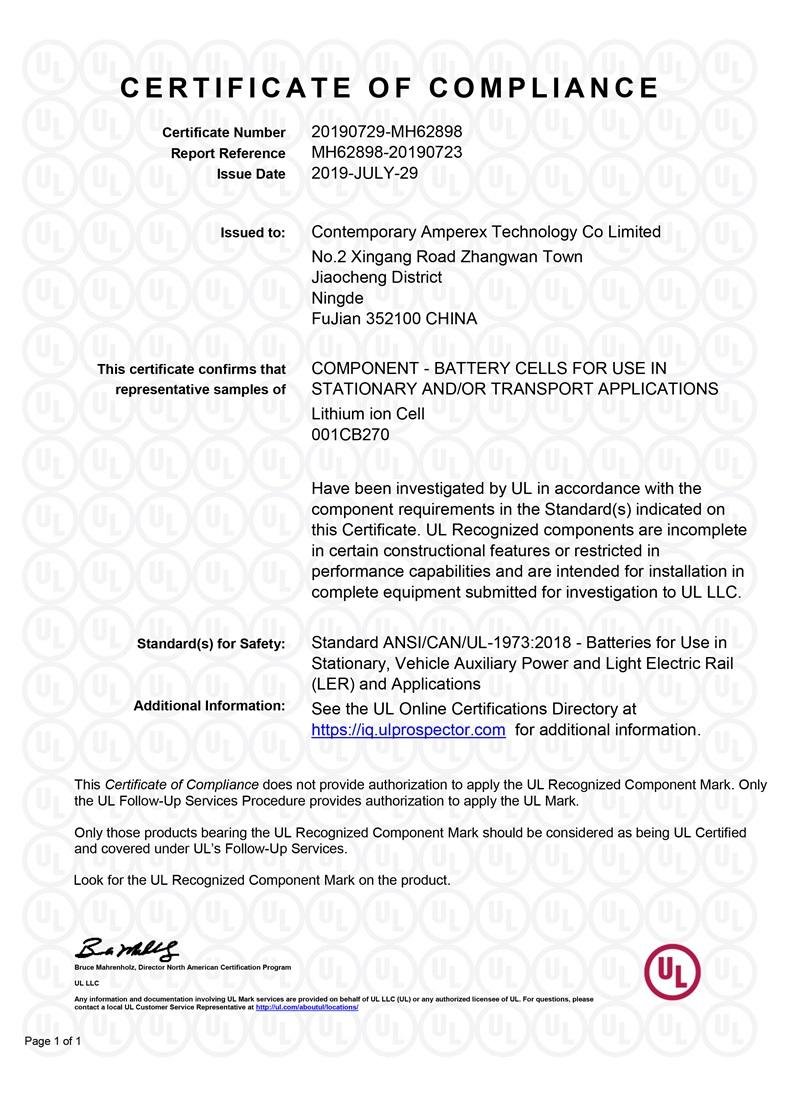Blog
Common Terms of LiFePO4 Batteries: Basic Concepts You Need to Know

Lithium Iron Phosphate (LiFePO4) batteries have gained significant attention over the past few years, especially since 2018. Their excellent performance, coupled with impressive safety features, has made them a popular choice among battery enthusiasts. However, for newcomers to this field, it's crucial to familiarize oneself with the key terminology associated with LiFePO4 batteries. Understanding these terms is the first step toward mastering the nuances of battery technology.
Current
Current refers to the flow of electric charge through a conductor. In the context of LiFePO4 batteries, current is usually represented by terms like load current and maximum cut-off current. The unit of measurement for current is amperes (A). Understanding current is essential when working with LiFePO4 batteries, as it affects the performance and efficiency of the battery. For instance, higher currents can lead to faster discharge rates, impacting battery lifespan.
Voltage
Voltage is the potential difference between two points and can be thought of as the force that drives the movement of electric charge. The unit for voltage is volts (V). For LiFePO4 batteries, the nominal voltage is typically 3.2V, although this value can fluctuate depending on the battery’s charge state. When designing or selecting a battery, it’s important to factor in voltage, as it directly influences the performance and compatibility of the battery with other components.
Internal Resistance
Internal resistance refers to the resistance within the battery that opposes the flow of electric current. It is divided into two components: ohmic internal resistance (resistance from the battery’s material) and polarization internal resistance (resistance caused by the electrochemical processes within the battery). The unit of internal resistance is ohms (Ω). A higher internal resistance can reduce the efficiency of a battery, leading to energy loss, reduced voltage, and lower overall performance.
Capacity
Capacity is one of the most important parameters when evaluating LiFePO4 batteries. It defines how much energy a battery can store, and it directly correlates with the cost of the battery. The larger the capacity, the longer the battery will last under load. Typically measured in ampere-hours (Ah), capacity determines the duration a battery can supply power to a device. For example, a battery with a higher capacity is preferable for applications that require sustained power.
Energy
Energy is a measure of how much power a battery can provide over time. For LiFePO4 batteries, energy is usually expressed in kilowatt-hours (kWh). To calculate the energy, you multiply the battery’s capacity by its voltage (Capacity × Voltage = Energy). Energy is a critical factor to consider when planning for power backup, as it directly influences how long the battery will power devices before needing a recharge.
Series & Parallel Connections
Batteries are often connected in series or parallel to achieve the desired voltage and capacity.
- Series Connection (S): In a series connection, the positive terminal of one battery is connected to the negative terminal of the next. This increases the overall voltage of the battery pack while keeping the capacity the same. For example, connecting two 3.2V LiFePO4 batteries in series would result in a 6.4V battery pack, while the capacity remains the same.
- Parallel Connection (P): In a parallel connection, the positive terminals of the batteries are connected together, and the same is done with the negative terminals. This increases the total capacity of the battery pack while keeping the voltage constant. For instance, two 3.2V batteries with 10Ah capacity connected in parallel will result in a 3.2V battery pack with 20Ah capacity.
In large-scale applications, a combination of series and parallel connections is often used. For example, a 24V battery pack made up of 16 LiFePO4 batteries might be represented as 8S2P, which means eight series-connected batteries with two parallel strings.
DOD (Depth of Discharge)
Depth of Discharge (DOD) refers to the percentage of a battery's total capacity that has been used up. For LiFePO4 batteries, it is generally recommended not to discharge the battery beyond 80% of its total capacity to preserve its lifespan. However, many LiFePO4 batteries can handle up to 90% or even 100% discharge without significant degradation, thanks to their robust chemistry.
SOC (State of Charge)
SOC is a measure of how much charge remains in the battery. For example, if a battery has 50% SOC, it means that half of its energy capacity is still available. LiFePO4 batteries are best stored at around 50% SOC to ensure long-term health and performance. Storing a battery at full SOC for prolonged periods can lead to capacity degradation.
Battery Terminals
Battery terminals are the points through which the battery connects to external devices, allowing for the transfer of power. LiFePO4 batteries typically have terminals that consist of studs, nuts, washers, and busbars. Understanding these components is essential for ensuring secure and efficient connections when integrating the battery into a system.
Overcharge and Over-discharge
Overcharging and over-discharging are critical concerns for LiFePO4 batteries. Overcharging can lead to excessive heat buildup, while over-discharging can damage the battery’s internal structure. Fortunately, most LiFePO4 batteries are equipped with Battery Management Systems (BMS) that monitor and regulate charge and discharge cycles, preventing such issues. The BMS also helps manage overcurrent situations and monitors the temperature of the battery to avoid overheating.
Battery Shape
LiFePO4 batteries come in three main shapes: cylindrical, prismatic, and pouch. Each shape has its advantages and disadvantages depending on the application. For example, prismatic cells are more commonly used in electric vehicles and home energy storage systems due to their efficient space utilization and safety features. However, no shape is inherently superior, and the choice of shape typically depends on the specific use case.
Conclusion
As you gain experience, the technical jargon will become second nature, and you’ll be able to confidently apply your knowledge to real-world projects. Ready to harness the power of LiFePO4 batteries? Let’s get started and ensure your systems perform at their best!
- Next:Screw Terminal vs Stud Terminal LiFePO4 Battery: Which is the Better Choice for You?
- Previous:OTS LiFePO4 Batteries vs DIY LiFePO4 Batteries: Key Differences You Need to Know
Contact Details
Lithium LiFePO4 Batteries and Lithium LiFePO4 Cells Supplier - LiFePO4 Battery Shop
Contact Person: Miss. Elena Wang
WhatsApp : +8615263269227
Skype : +8615263269227
WeChat : 15263269227
Email : info@lifepo4batteryshop.com
All Products
Certification
Customer Reviews
- I have fond memories of our meeting in Shanghai with LiFePO4 Battery Shop Elena. Your company left a strong impression on me with its impressive growth and professionalism. We both value straightforwardness and honesty, which I believe are the most important qualities in any partnership. I am confident that we can build a successful collaboration based on these shared values. —— Robert from USA
- I've been working with LiFePO4 Battery Shop for years, and their reliability is unmatched. While other suppliers frequently change sales teams, LiFePO4 Battery Shop has consistently provided exceptional service with a stable team. Their commitment to quality and customer support truly sets them apart. —— Henry from Australia



